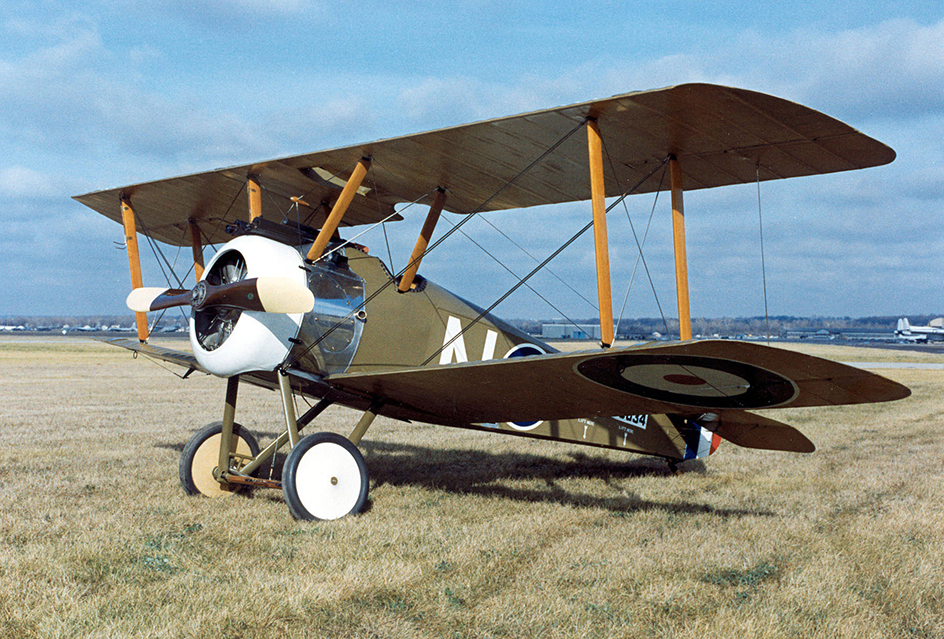Barker, William George (1894-1930), was a famous Canadian fighter pilot of World War I (1914-1918). At the time of the war, the Dominion of Canada was part of the British Empire . Barker shot down about 50 enemy aircraft during the war and won more awards for bravery than anyone in the history of the British armed services. His many decorations included the Victoria Cross (VC). The VC is the highest military decoration awarded in the United Kingdom and the Commonwealth of Nations.
William George Barker was born on Nov. 3, 1894, in Dauphin, Manitoba. Raised on his family’s farm, Barker spent much of his youth hunting and riding horses. After Canada entered World War I in 1914, Barker enlisted in the 1st Canadian Mounted Rifles. The unit embarked for Europe in June 1915. In September, it joined the fight against Germany from the trenches of the Western Front . The battlefront stretched across Belgium and northeastern France.
In March 1916, Barker transferred to the Royal Flying Corps . He was commissioned a second lieutenant in April. That summer, he shot down a German plane from the rear seat of his observation plane. The shooting marked his first aerial “kill.” In November, Barker earned the Military Cross (MC), Britain’s third highest award for valor.
Early in 1917, Barker qualified as a pilot. Promoted to captain, he began flying reconnaissance (information gathering) missions over the Western Front. Barker earned a bar to his MC that spring. A bar represents the repeated earning of a military award. In August, Barker, now a flight commander, was wounded by antiaircraft fire. He recovered in the United Kingdom and served briefly as a flight instructor.
In October, Barker returned to combat in France as a fighter pilot. He flew a Sopwith Camel, a fighter plane named for its aerodynamic “hump.” Barker quickly became an _ace—_that is, a pilot with five or more aerial kills. Barker’s squadron transferred to Italy, where he shot down a number of enemy aircraft. 
Barker earned the Distinguished Service Order (DSO), Britain’s second highest award for valor. He later added a bar to his DSO and a second bar to his MC. Barker earned the Croix de Guerre (War Cross), a French decoration for bravery, and was promoted to major. He then earned Italy’s Silver Medal for Military Valor.
Barker returned to the United Kingdom as an instructor in September 1918. In October, he received an assignment in France. Flying a Sopwith Snipe, Barker shot down four German planes on October 27—a feat that earned him the Victoria Cross. Barker was severely wounded in action, and he suffered from the wounds for the rest of his life. World War I ended in November. In 1919, Barker left the military as a lieutenant colonel.
After the war, Barker briefly entered business with fellow Canadian fighter ace Billy Bishop . In 1922, he joined the Canadian Air Force, which became the Royal Canadian Air Force (RCAF) in 1924. He left the RCAF in 1926.
Barker was killed in a flying accident on March 12, 1930, near Ottawa, Ontario. He was buried in his wife’s family crypt at Toronto’s Mount Pleasant Cemetery. A plaque outside the crypt honors the “most decorated war hero in the history of Canada, the British Empire, and the Commonwealth of Nations.”
